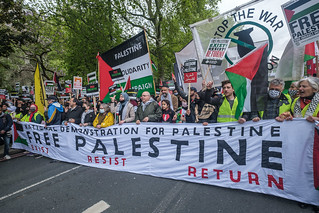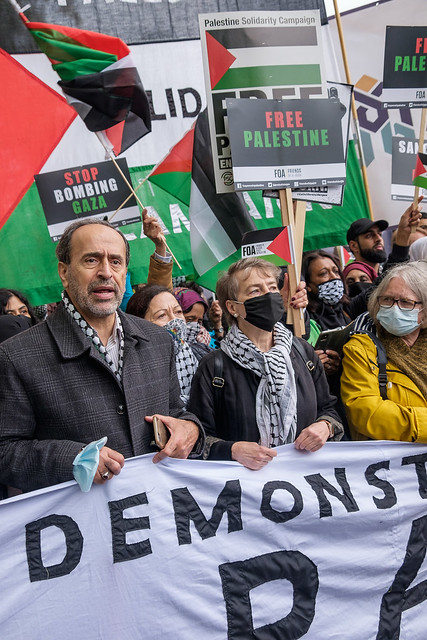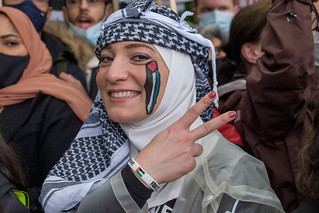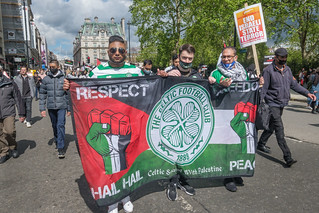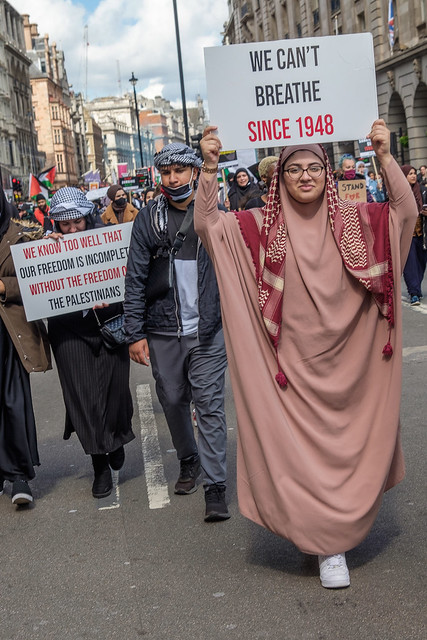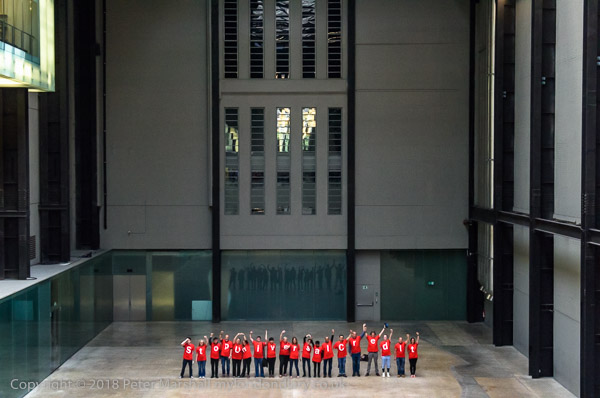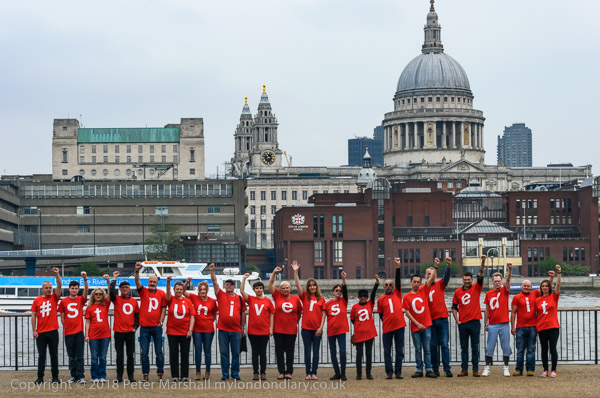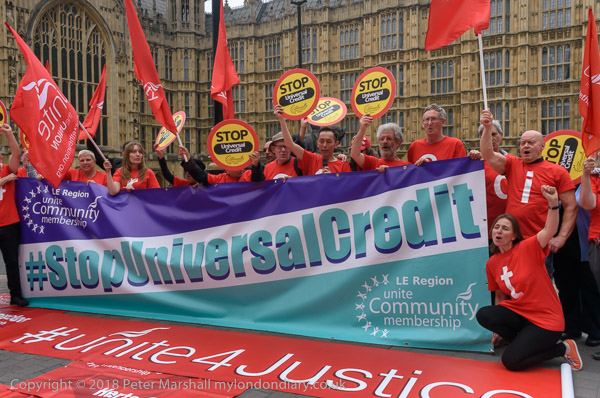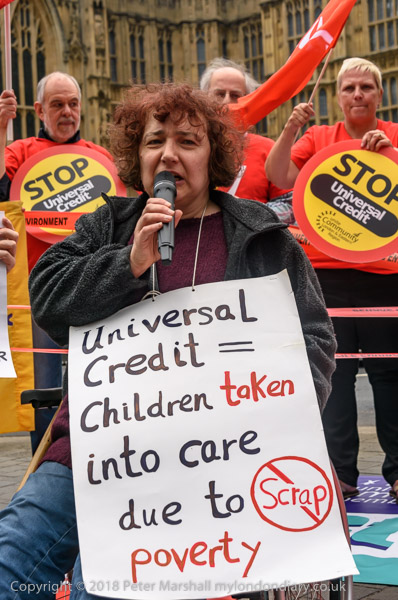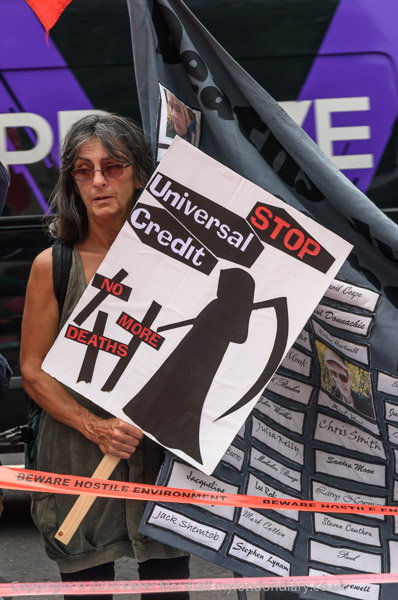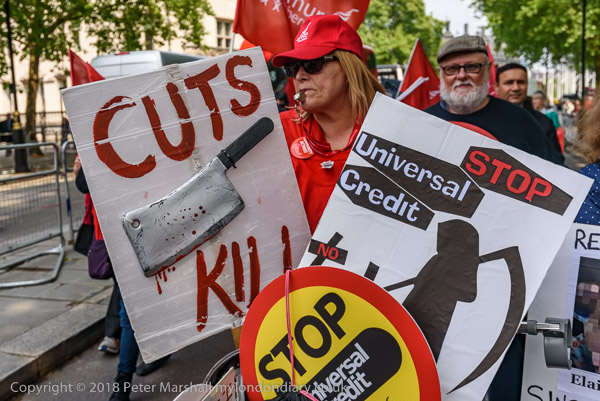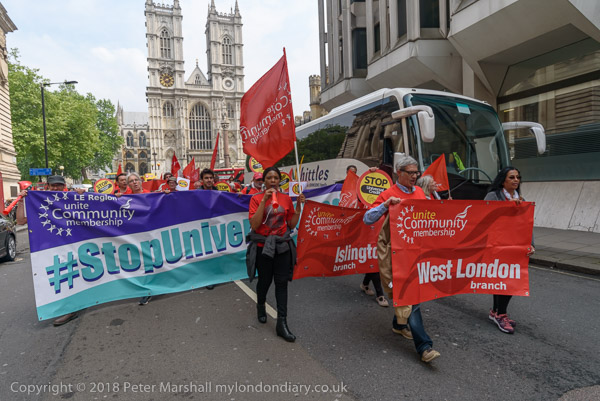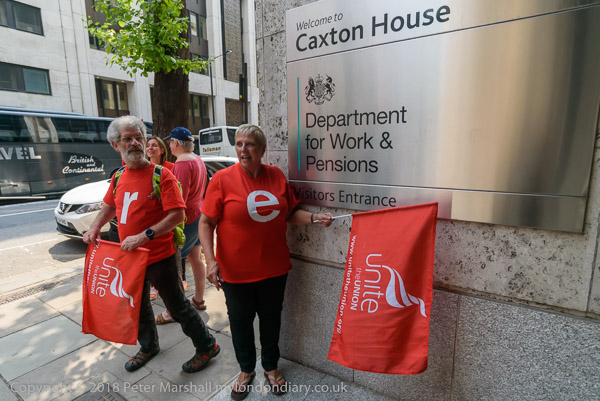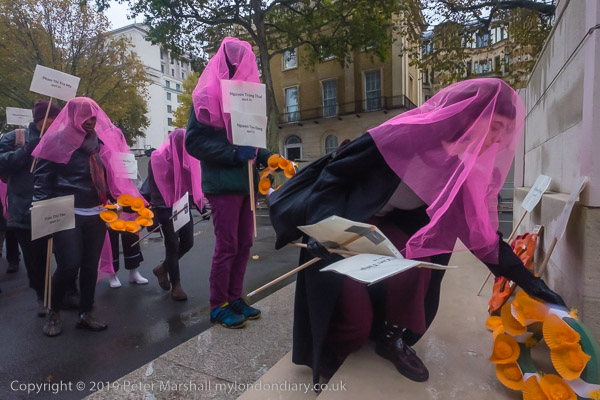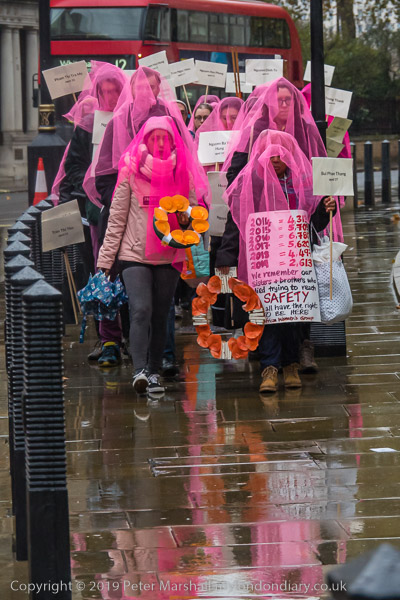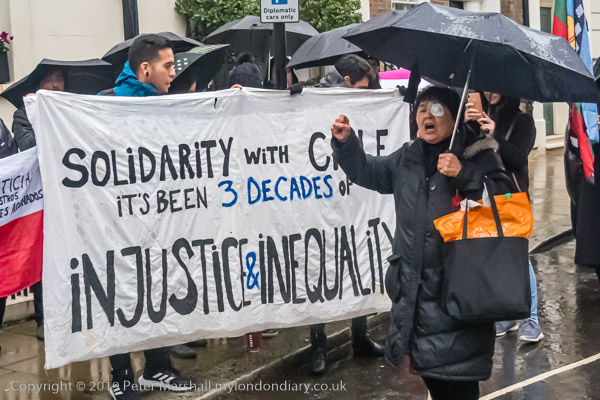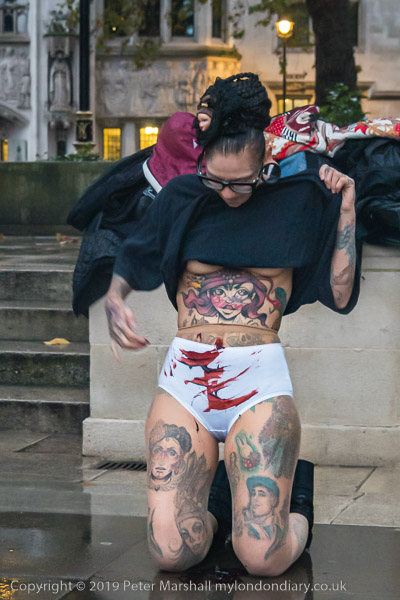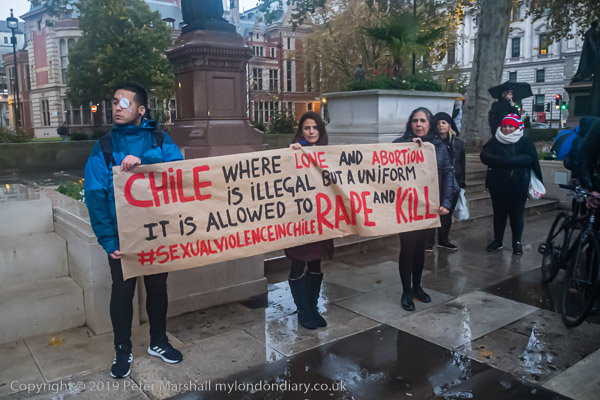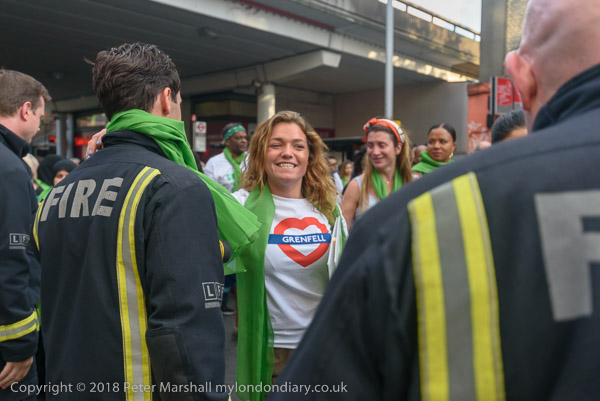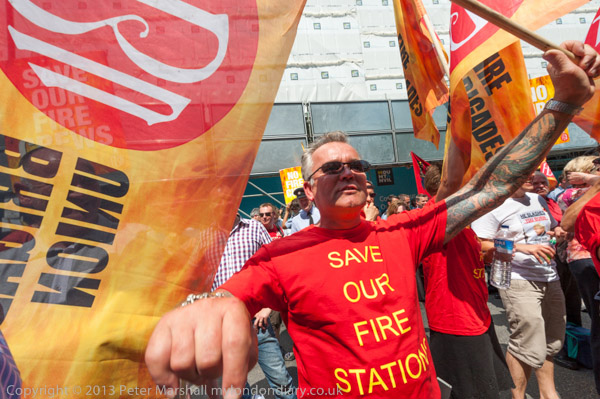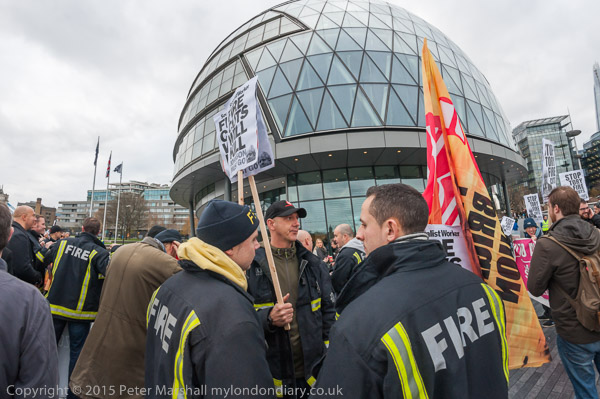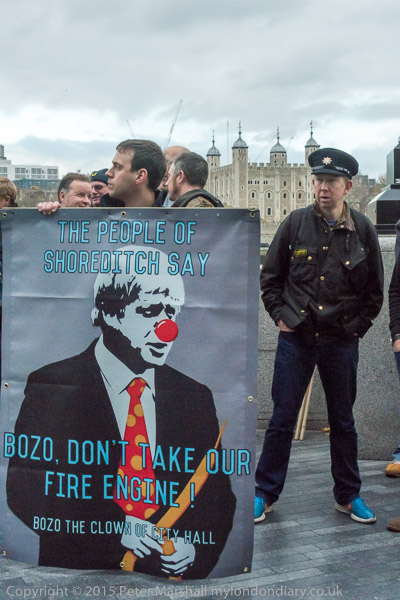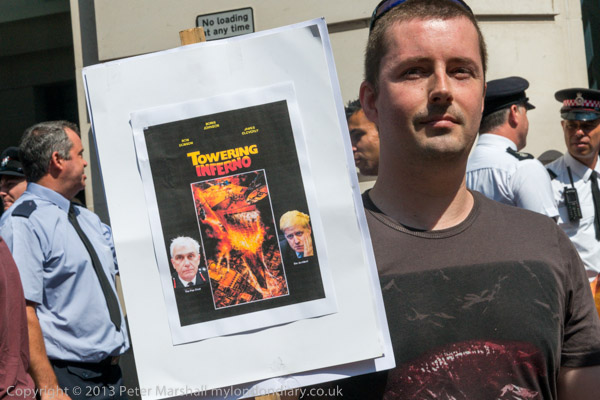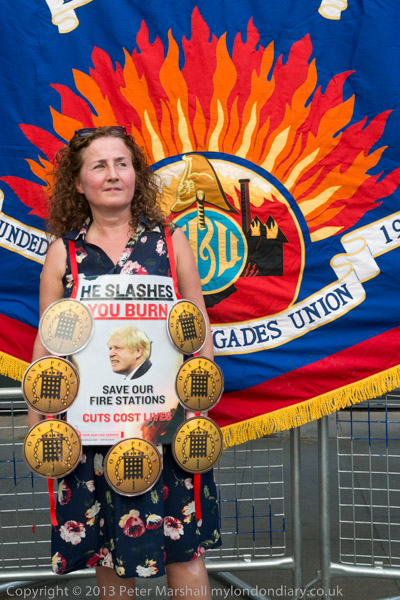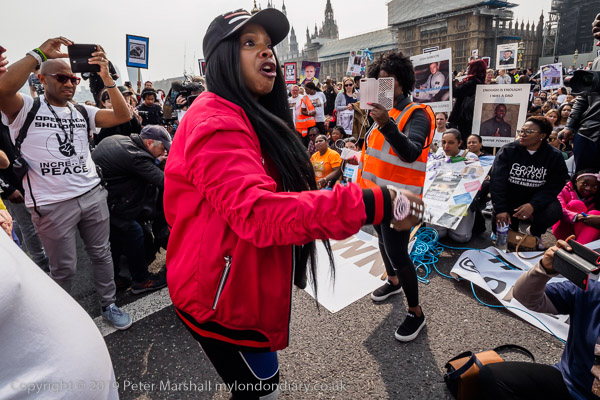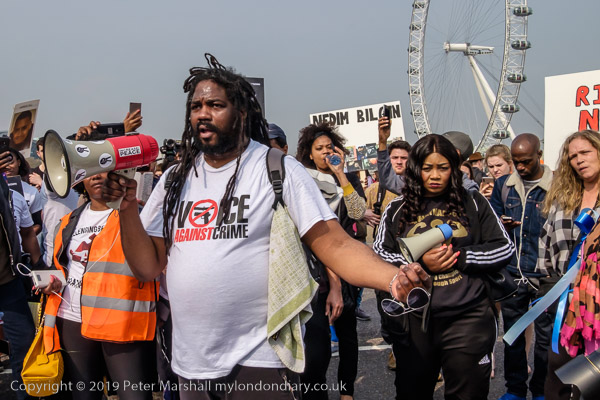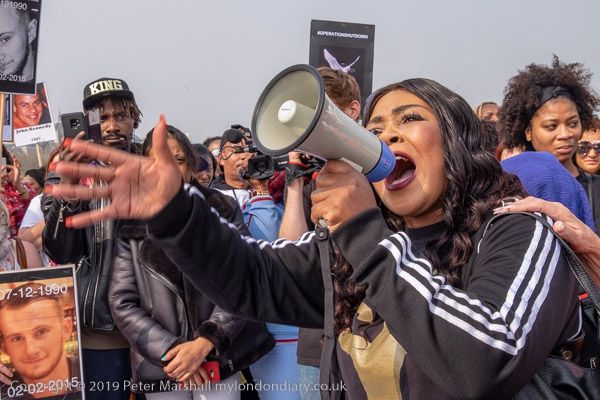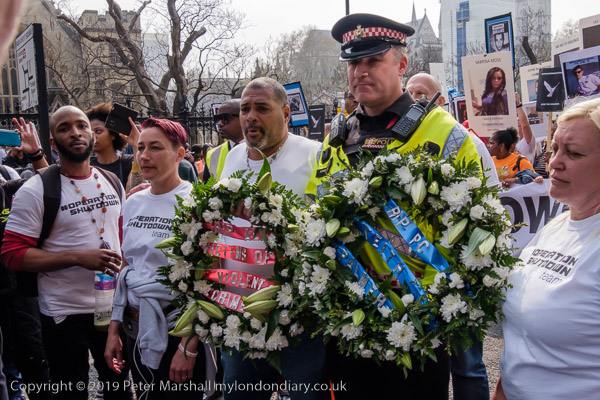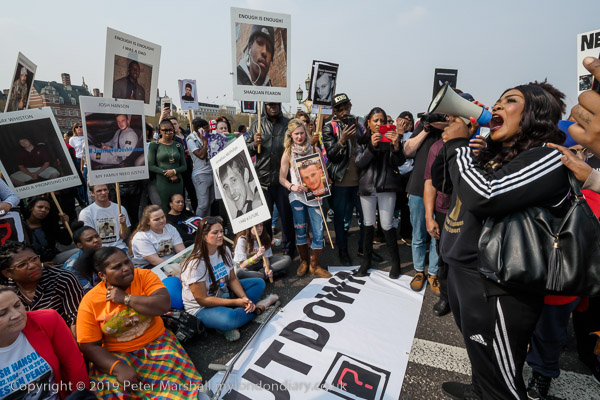London, UK. 22nd May 2021. Thousands march through London in support of Palestine calling for freedom for Palestine and end to the ethnic cleansing of Palestinian communities, the occupation of Palestine and apartheid laws. After Israeli attacks on Gaza that have killed around 250 and wrecked much of it they call for a huge international effort to rebuild Gaza and to bring a peaceful solution that will enable Palestine and Israel to live in peace and avoid future attacks. Peter Marshall
I still can’t get around to deciding whether to resurrect ‘My London Diary’ which I brought to a halt when I went into personal lock-down early in March last year, when I was ill and cases of Covid were rising dramatically, although the government was still dithering, still pursuing a ‘herd immunity’ scenario.
I reached for a piece of scrap paper and began a quick calculation based on the then available facts – herd immunity would require around 70% or more of the population to get Covid, the death rate was thought to be around 1% and Google told me that the UK population was around 68 million. It would mean around 48 million or more becoming infected – and that would mean around 480,000 deaths. And given that we knew it was much more likely to kill older people, I stood a very high risk of being among those deaths, particularly as I also suffer from diabetes, another risk factor.
I’d been getting advice from one of my two sons for several weeks urging me to isolate. One of his wife’s sisters was involved with the medical group giving advice to the government about the virus and had passed on what they knew about Covid. I ordered a re-useable mask but continued working without one. I became ill, but when I put my symptoms into the checker on the NHS web page it told me it wasn’t Covid. A few weeks later they added more possible symptoms and my result might have been different. I’m still unsure as to whether what I suffered from back then was Covid, though if so it was a very mild case.
Now my two injections should have had their effect (although I did take an antibody flow test several weeks after the first of them which found none) and on May 1st this year I went up to London to photograph the May Day events. Since then I’ve returned a couple of times to photograph protests, mainly those against the Israeli evictions in Sheik Jarrah, attacks on worshippers inside Al Aqsa mosque and the air attacks on Gaza which have killed around 250 Palestinians, including many children, and shocked the world by their intensity.
The pictures here come from last Saturday’s National Demonstration for Palestine in London, attended by an estimated 180-250,000, but which received very little media coverage – I didn’t hear anything about it from the BBC, despite it being about an issue very much in the news. Our official broadcaster seems to have an incredible reluctance to report on protests in the UK, and relatively little has made other media. My pictures were at the agency in time to meet deadlines, but so were those by hundreds or thousands of other photographers, and so far as I’m aware none of these has sold, though several have been shared quite widely on Facebook where I also posted them.
I haven’t yet put any pictures taken after March 8, 2020 onto My London Diary. It didn’t seem worth sharing the pictures from my walks and bike rides around my home, though perhaps sometime I might persuade myself to look through them and publish something. And so far I’ve not reopened the site to add anything I’ve taken since getting back to work. There isn’t as much happening in London as there was pre-Covid and I’m also deliberately doing less.
I also have some minor technical problems. I haven’t yet got the software I been using for over 20 years to write ‘My London Diary’ and other sites onto my new computer and I think it unlikely to work under Windows 10 which I’m now using. I have problems with web space, not with the actual size, but with the number of separate files and am now fairly close to the limit of my contract. Continuing for any length of time with ‘My London Diary’ would mean an expensive upgrade.
Before I stopped posting new work on My London Diary it had already a relatively low level of site visits – in the hundreds per day. Several times as many of you come to read Re-PHOTO, and to look my work on Flickr. I had hoped to transfer the site to a major institution but that fell through.
Click on any of the pictures to go to my Flickr album on the protest. It currently has 25 pictures but I may add some others later.

